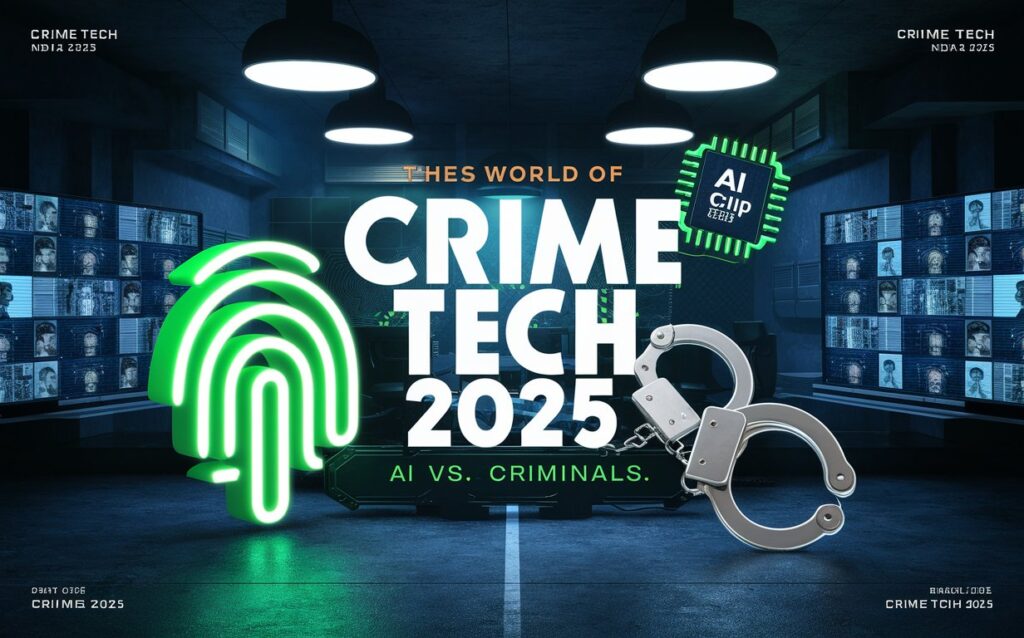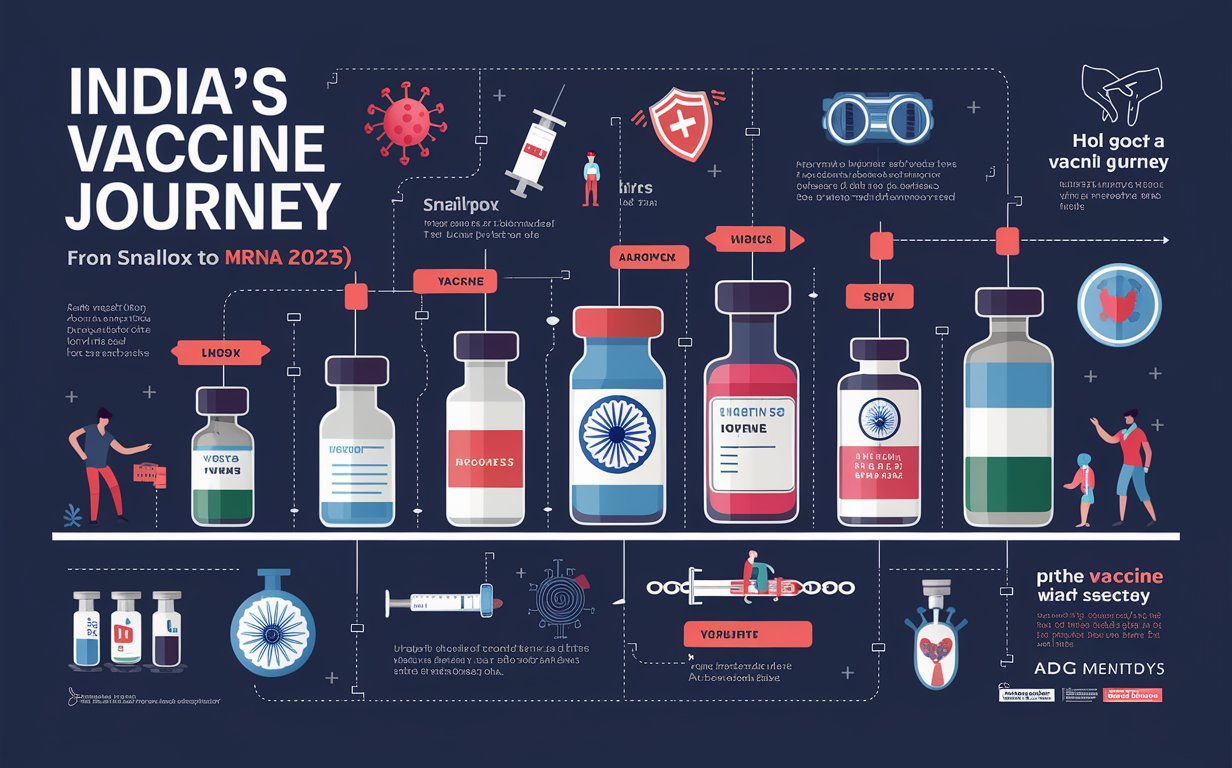🔍 India’s Crime Tech 2025: How AI & Surveillance Are Cracking Down on Criminals
India in 2025 has embraced technology-driven policing like never before. From AI-powered facial recognition to predictive crime analytics, law enforcement agencies across the country are using advanced tools to combat rising urban crimes, cyber fraud, and even organized criminal networks.

🎥 Smart Surveillance Is Everywhere
India’s major cities are now equipped with AI-enabled CCTV networks that:
- Detect unusual movement and auto-alert police
- Use facial recognition software (FRS) to identify wanted criminals
- Monitor traffic violations and track vehicle number plates via ANPR (Automatic Number Plate Recognition)
Cities like Delhi, Mumbai, Hyderabad, and Bengaluru have over 10 lakh interconnected cameras, feeding real-time data to smart command centers.
🤖 Predictive Policing: Crime Before It Happens
Using AI and machine learning, the Crime Prediction Systems deployed in 2025 can now:
- Predict likely crime hotspots
- Recommend deployment of police patrols in real time
- Identify criminal behavior patterns using past FIR data
This tech is helping reduce street crimes like chain snatching, vehicle theft, and assaults in high-risk zones by up to 38%.
📱 Mobile Apps Empowering Citizens
New digital tools allow people to stay safer than ever:
- Suraksha App for real-time panic alerts and location sharing
- e-FIR Filing portals active in 26 states
- Cyber Rakshak portal to report and track digital frauds
- Drone surveillance during festivals and protests to monitor large crowds
The Digital Citizen Safety Score initiative rewards safe drivers, non-offenders, and neighborhood watch volunteers.
👥 National Criminal Database Integration
The NATGRID (National Intelligence Grid) is now fully functional in 2025, connecting databases from:
- Crime and Criminal Tracking Network (CCTNS)
- Aadhaar and PAN verification
- Immigration, telecom, and banking records
- Court orders and jail records
This enables real-time criminal background checks, fraud alerts, and inter-agency coordination across states and even borders.
🛡️ Technology vs Privacy: A Thin Line
While the tech revolution has reduced crime in urban areas, privacy advocates are raising questions:
- Are facial recognition systems violating personal freedom?
- Who audits the AI algorithms used for policing bias?
- Are citizens’ data stored safely in government databases?
India’s new Digital Surveillance and Citizen Protection Bill sets rules for transparency, consent, and time-bound data retention.
🧬 Crime Labs and Forensics Upgrade
Every state now has upgraded AI-powered forensic labs with tools to:
- Reconstruct 3D crime scenes
- Analyze fingerprints in under 5 minutes
- Match DNA within 2 hours using automated sequencing
- Decode digital devices without external help
The conviction rate in cybercrime and murder cases has improved by 42% in 2025, thanks to faster and smarter evidence processing.
✅ Conclusion
India’s crime-fighting technology in 2025 marks a new era of law enforcement where machines, data, and human intuition work together. While challenges remain in rural integration and privacy safeguards, the roadmap is clear — a safer, smarter, and more secure India. 🕵️♂️🔐🇮🇳
DoFollow External Links:
Internal Links:



Post Comment